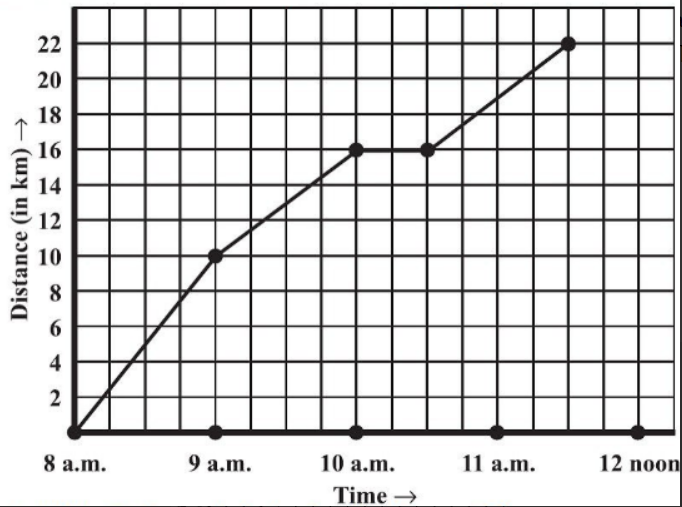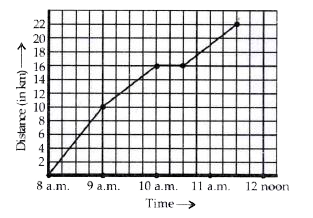A person gets cramps in the legs during marathon (a long distance race).
(a) Name the chemical whose accumulation in his leg muscles produces cramps.
(b) What type of respiration produces this chemical?
(c) How can the person get relief from cramps in muscles caused during marathon?
Step by step video & image solution for A person gets cramps in the legs during marathon (a long distance race). (a) Name the chemical whose accumulation in his leg muscles produces cramps. (b) What type of respiration produces this chemical? (c) How can the person get relief from cramps in muscles caused during marathon? by Biology experts to help you in doubts & scoring excellent marks in Class 10 exams.
Updated on:21/07/2023Topper's Solved these Questions
Similar Questions
Name the substance whose build up in the muscles during vigorous physical exercise may cause cramps
View SolutionWhen water is added gradually to a white solid X, a hissing sound is heard and a lot of heat is produced forming a product Y.A suspension of Y in water is applies to the walls of a house during white washing. A clear solution of Y is also used for testing carbon dioxide gas in the laboratory.
(a) What could be solid X? Write its chemical formula.
(b) What could be product Y ? Write its chemical formula.
(c ) What is the common name of the solution of Y which is used for testing carbon dioxide gas?
(d) Write chemical equation of the reaction which takes place on adding water to solid X.
(e) Which characteristic of chemical reactions is illustrated by this example ?
View Solution
Knowledge Check
During marathon, we somethimes get painful contractions of leg muscles due to the accumulation of one of the following in leg muscles. This is:
Acarbon dioxideBalcoholClactoseDlactic acidDuring heavy exercise, we get cramps in the legs due to the accumulation of
Acarbon dioxideBlactic acidCalcoholDwaterDuring heavy exercise, we get cramps in the legs due to the accumulation of
Acarbon dioxideBlactic acidCalcoholDwater
A courier-person cycles from a town to a neighboring suburban area to deliver a parcel to a merchant. His distance from the town at different times is shown by the following graph.
(a) What is the scale taken for the time axis?
(b) How much time did the person take for the travel?
(c) How far is the place of the merchant from the town?
(d) Did the person stop on his way? Explain.
(e) During which period did he ride fastest?

View SolutionA courier- person cycles from a town to a neighbouring suburban area to deliver a parcel to a merchant. His distance from the town at different times is shown by the following graph.
(a) What is the scale taken for the time axis? (b) How much time did the person take for the travel? (c) How far is the place of the merchant from the town? (d) Did the person stop on his way? Explain. (e) During which period did he ride fastest?

View SolutionA particle of mass 1 g and charge 2.5×10−4C is released from rest in an electric field of 1.2×104NC−1 (a) Find the electric force and the force of gravity acting on this particle. Can one of these forces be neglected in comparison with the other for approximate analysis? (b) How long will it take for the particle to travel a distance of 40 cm? (c) What will be the speed of the particle after travelling this destance? (d) how much is the work done by electric force on the particle during this period?
View SolutionComplete the glucose breakdown pathway in case of aerobic respiration by filling the blanks.
(a) Name the molecule in the cell which stores the energy produced at the end of the path way.
(b) Why do we get cramps during sudden musclar activity ?

View SolutionThe organs A of a person have been damaged completely due to which too much of a poisonous waste material B has started accumulating in his blood, making it dirty. In order to save this person's life, the blood from an artery in the person's arm is made to flow into long tubes made of substance E which are kept in coiled form in a tank containing solution F. This solution contains three materials G, H and I in similar proportions to those in normal blood. As the person's blood passes through long tubes of substance E, most of the wastes present in it go into solution. The clean blood is then put back into a vein in the arm of the person for circulation
(a) What are organs A ?
(b) Name the waste substance B
(c) What are (i) E, and (ii) F ?
(d) Name G, H and I
(e) What is the process described above known as ?
View Solution
